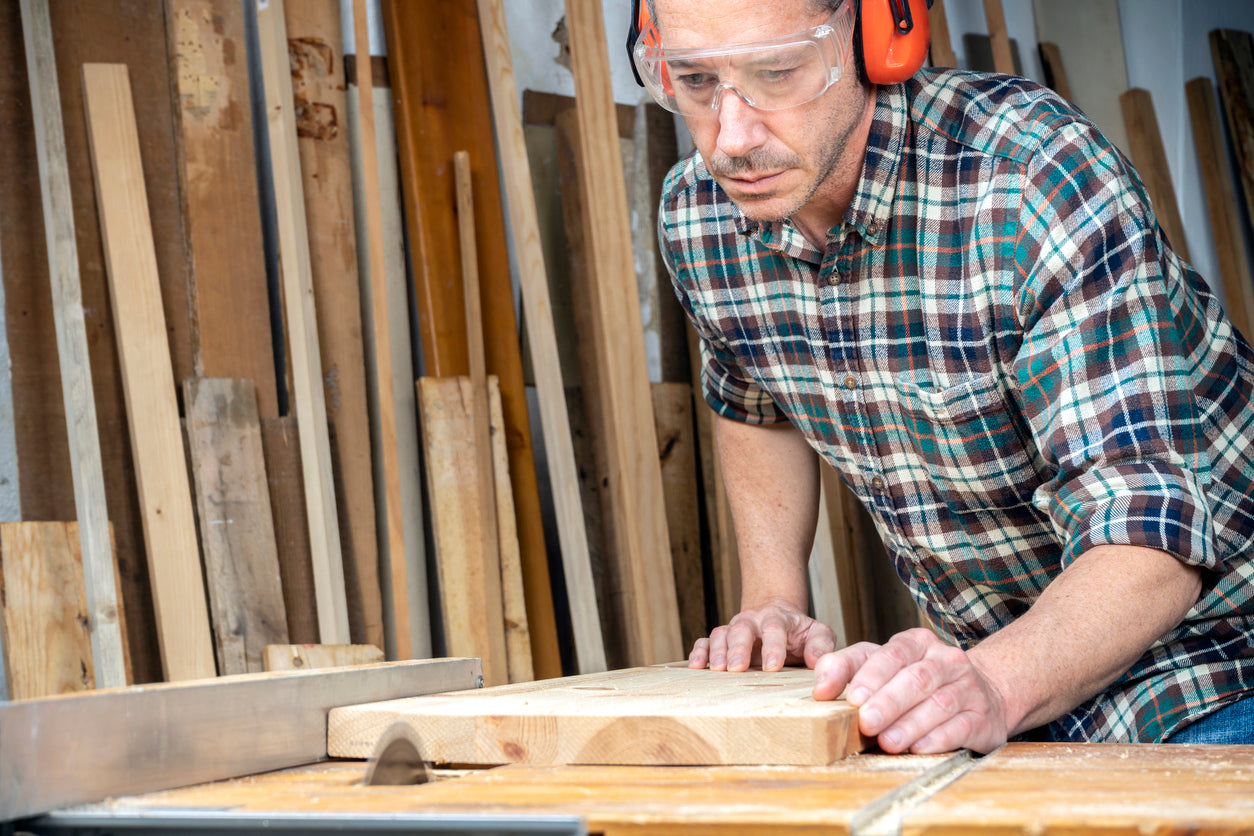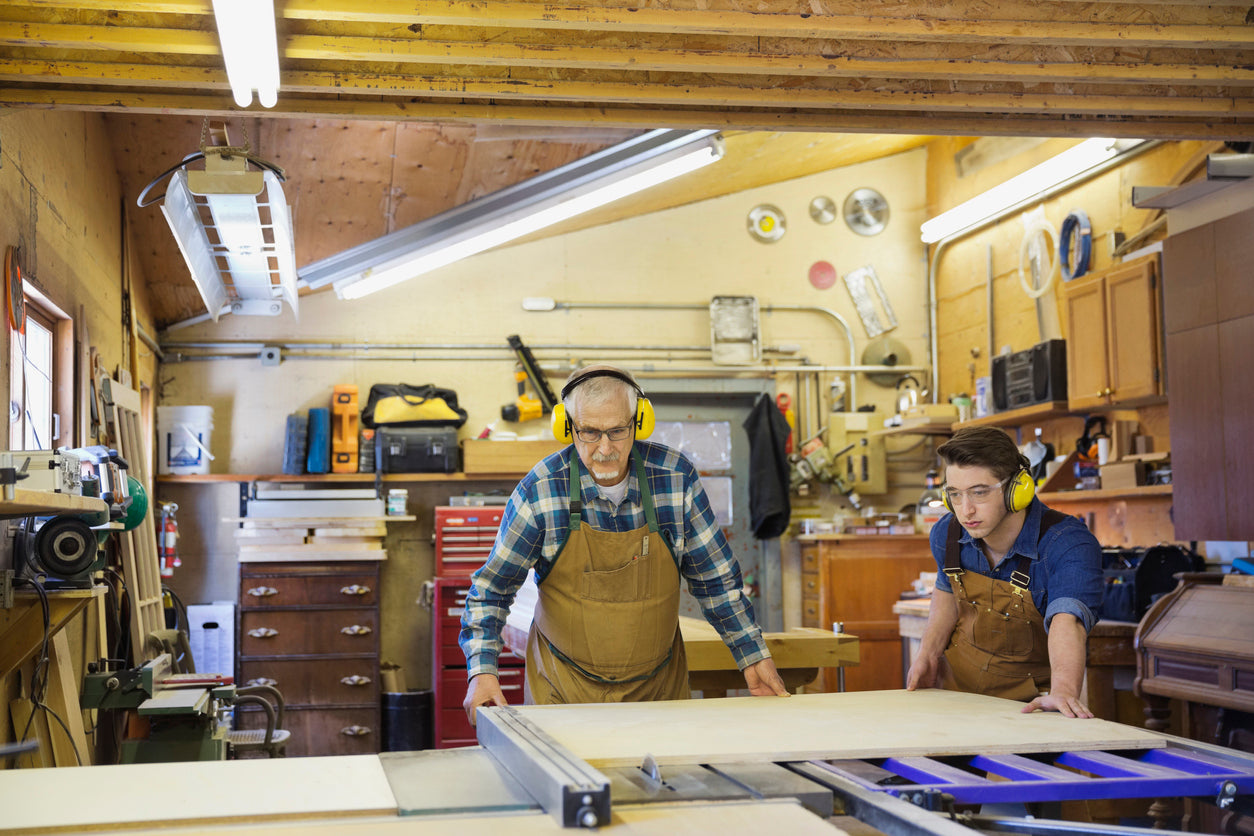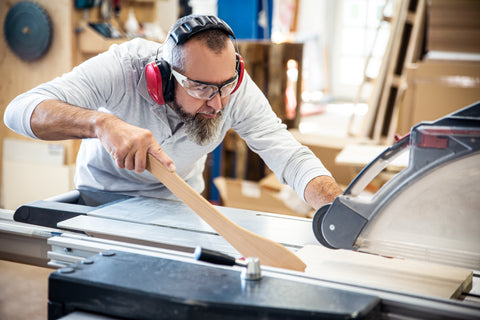Introduction: A table saw is a powerful tool that can be incredibly useful for woodworking projects. However, it's important to prioritize safety when operating a table saw to prevent accidents and injuries. In this comprehensive guide, we will explore essential safety measures and best practices to help you master table saw safety.
-
Wear Personal Protective Equipment (PPE): Before operating a table saw, always ensure you have the appropriate personal protective equipment. This includes safety glasses to protect your eyes from flying debris, ear protection to guard against loud noise, and a dust mask to prevent inhalation of sawdust particles.

-
Familiarize Yourself with the User Manual: Each table saw model may have specific safety features and operational guidelines. Take the time to thoroughly read and understand the user manual provided by the manufacturer. This will help you understand the tool's capabilities and limitations, ensuring safe and effective usage.

-
Maintain a Clean and Organized Workspace: A cluttered work area can increase the risk of accidents. Keep your workspace clean and organized, removing any unnecessary tools, materials, or debris from the table saw area. This will minimize distractions and potential hazards during operation.

-
Use Proper Blade Selection: Selecting the right blade for your specific task is crucial. Ensure that the blade is appropriate for the type of material you are cutting and that it is sharp and in good condition. Dull or damaged blades can cause kickbacks or uneven cuts, posing a safety risk.

-
Set Up and Adjust the Saw Correctly: Before using the table saw, make sure it is properly set up and adjusted. Check that the blade is aligned parallel to the miter gauge slots and that the fence is square to the blade. Use a reliable measuring tool, such as a combination square, to verify the accuracy of these adjustments.
-
Maintain a Safe Cutting Zone: Always keep your hands and body a safe distance away from the blade while it's in motion. Maintain a "no hands past the blade" rule and use push sticks or push blocks to guide the material through the cut. This helps prevent accidental contact with the blade.

-
Avoid Freehand Cutting: Freehand cutting, where the material is guided solely by hand, is highly risky and should be avoided. Always use the appropriate guides, such as miter gauges, sleds, or rip fences, to ensure precise and controlled cuts.
-
Never Remove the Blade Guard: The blade guard is designed to protect you from direct contact with the blade and should never be removed while operating the table saw. It may seem inconvenient at times, but compromising safety for convenience is never worth the risk.
Conclusion: Mastering table saw safety is essential for anyone working with this powerful tool. By following these safety guidelines, wearing the appropriate protective gear, and practicing good judgment, you can significantly reduce the risk of accidents and injuries. Remember, your safety should always be the top priority when using a table saw.
